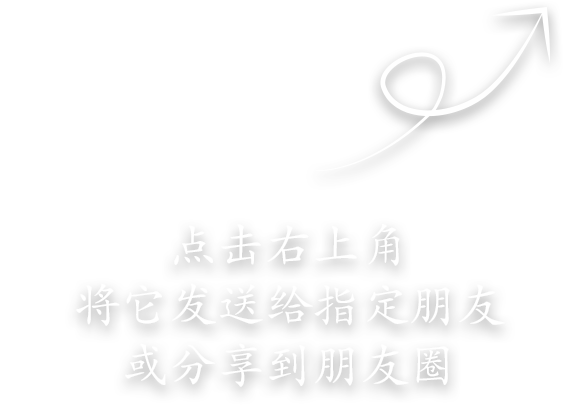-
Mobile version
Sweep with your mobile phone
- Member Center
2 Tips for battery maintenance
publish:2020-09-03 00:00:00
views
:1573
publish:2020-09-03 00:00:00
 1573
1573
The second part [you must know the source of knowledge about maintenance-free batteries]:
The maintenance-free battery is also called the valve-regulated sealed lead-acid battery. The valve-regulated sealed lead-acid battery adopts a sealed structure as a whole. There is no phenomenon such as gas swelling and electrolyte leakage of ordinary lead-acid batteries. It is safe and reliable to use and has a long life. During normal operation, there is no need to detect the electrolyte, adjust the acid and add water, which is also called maintenance-free storage battery. It has been widely used in many territories such as post and telecommunications, ship traffic, emergency lighting and so on.
Knowledge in the use and maintenance of maintenance-free batteries:
a: The allowable operating range of the sealed battery is 15-50 degrees, but using 50% within 35 degrees can extend the battery life. Below minus 15 degrees, the battery chemical composition will change and cannot be charged. Use in the range of 20 degrees to 25 degrees will get the highest life, the battery will get a long life but lower capacity in low temperature operation, and will get a higher capacity but short life in high temperature operation.
b: The relationship between battery life and temperature can refer to the following rules: After the temperature exceeds 25 degrees Celsius, the battery life will be halved for every 8.3 degrees.
c: The design float voltage of maintenance-free battery is 2.3V/cell. The 12V battery is 13.8V. CSB recommends 2.25V-2.3V per cell. In the case of 120 cells in series, the float charge voltage should be reduced by 3MV for every degree of temperature rise after the temperature is higher than 25 degrees Celsius. Similarly, the voltage should be increased by 3MV for each degree of temperature increase to avoid insufficient charging, and the discharge termination voltage is 1.67V per cell at full load (<30 minutes). In the case of low discharge rate (low current discharge for a long time) to increase to 1.7V-1.8V per cell, APC SYMMETRA can adjust the charging voltage according to the load.
d: If the battery is not recharged within 72 hours after discharging. Sulfate will adhere to the pole plate to insulate and charge, and damage the battery
e: When the battery is floating or equalized, the gas generated inside the battery is electrolyzed into water on the negative plate to maintain the capacity of the battery without the need to add water, but the corrosion of the battery plate will reduce the battery capacity.
f: The life of the battery separator is only 5-6 months when the ambient temperature is 30-40 degrees. The battery stored for a long time must be charged once every 6 months. The battery must be stored in a dry and cool environment. The self-discharge rate of the maintenance-free battery at 20 degrees Celsius is 3-4% per month and varies with temperature.
g: Maintenance-free batteries are equipped with safety valves. When the internal pressure of the battery rises to a certain level, the safety valve can automatically remove excess gas, and the safety valve will automatically recover when the internal pressure is restored
h: The cycle life of the battery (lifetime of charging and discharging times) depends on the discharge rate, depth of discharge, and recovery charging method. The most important factor is the depth of discharge. When the discharge rate and time are constant, the shallower the depth of discharge, the longer the battery cycle life. The maintenance-free battery has a cycle life of about 200 times at 25 degrees and 100% deep discharge.
i: When the battery reaches the end of its life, it shows capacity decay, internal short circuit, shell deformation, plate corrosion, and open circuit voltage drop.
j: lEEE defines the end of battery life as the capacity being less than 80% of the nominal capacity AH. The nominal capacity and the actual backup time are non-linear. A 20% reduction in capacity will reduce the corresponding backup time a lot. Some UPS manufacturers define the end of battery life as capacity Reduce to 50-60% of nominal capacity.

